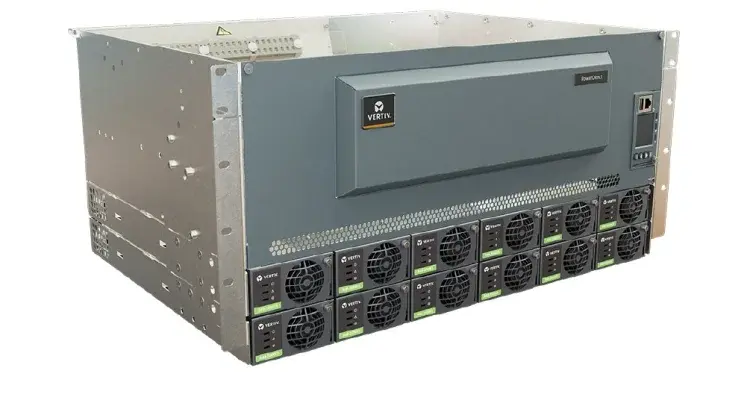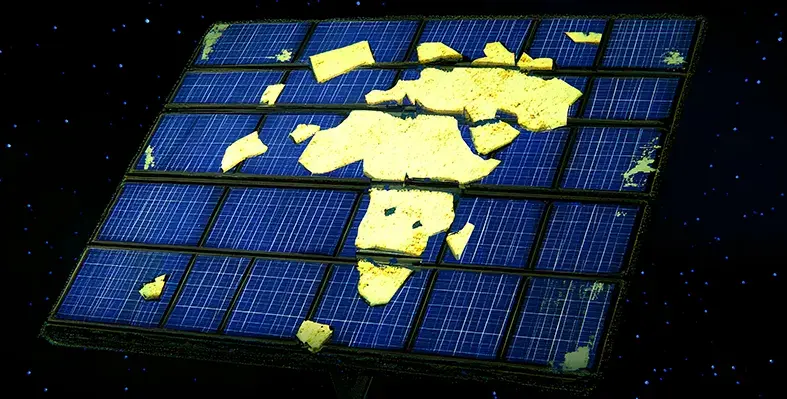Ericsson has announced that it is developing its 5G Platform with additions across core, radio access and transport areas, as well as service orchestration
Mobile data traffic is expected to increase by five times by 2024, with 25 per cent of mobile data traffic going through 5G networks at that time, according to Ericsson Mobility Report.
Daryl Schoolar, practice leader at service provider technology, Ovum, stated, “Ericsson’s latest product launches further facilitate the vendor’s goal of providing its customers with a smooth and efficient transition from 4G to 5G.”
The Dual-mode 5G Cloud Core solution is cloud-based for automated capacity management, efficient and robust operations. It also provides a high-performance user plane to meet 5G case needs and includes open APIs for innovation on 5G capabilities, such as network slicing and edge computing.
Patrick Weibel, head of 5G programme at Swisscom, said, “Ericsson’s dual-mode 5G Cloud Core allows for the flexible evolution of our 4G core network to a combined 4G and 5G network while maintaining cost efficiency.”
Ericsson is enhancing the capacity of its microwave portfolio and adding a new MINI-LINK 6200 family of 5G-ready long haul solutions with a capacity of up to 10Gbps. The company is also expanding its router and fronthaul portfolios to offer service providers flexible and modular solutions adapted to their deployment needs.
Albert Makyur, senior manager at network division, MTN Nigeria, added, “The capabilities of the new MINI-LINK 6200 family can help us to handle the continued data traffic growth cost-efficiently.”
For the virtualised Radio Access Network (vRAN), Ericsson is launching nine new dual-band, triple band and high-performance massive MIMO radios to help service providers optimise site construction and add radio capacity.
Ericsson’s virtualisation of 5G NR software enables service providers to introduce an architecture in which data traffic processing intelligence is higher up in the network, providing additional flexibility for some deployment scenarios.
The evolution of the Ericsson Dynamic Orchestration solution introduces network slicing automation, including the creation, testing and deployment of network slices for fast introduction of 5G services.
The solution implements AI-powered closed-loop automation for hybrid networks (including physical, virtual and container-based network functions) in a multi-vendor environment to identify service impacts and adapt the network in real time to deliver the best end-user experience.
Fredrik Jejdling, executive vice-president and head of business area networks, Ericsson, concluded, “We are currently rolling out commercial 5G networks in the US, Europe, Asia and Australia.”
In November 2018, Ericsson announced that it has partnered with MTN South Africa to launch South Africa's first 5G customer trial, deployment with a fixed wireless access site at technology company Netstar’s headquarters in Midrand.






















